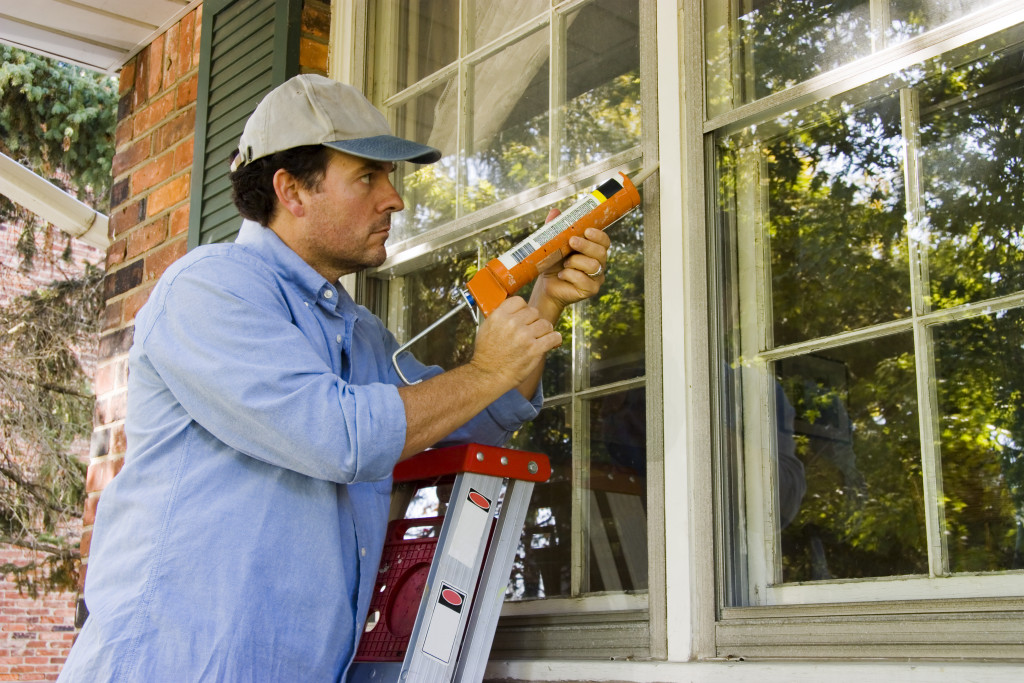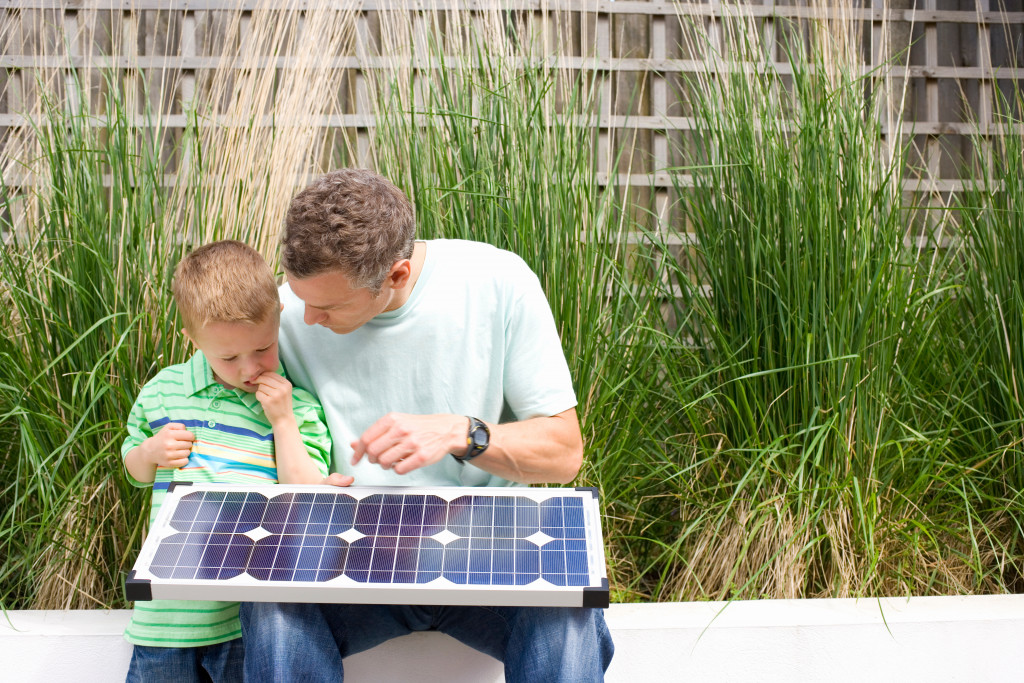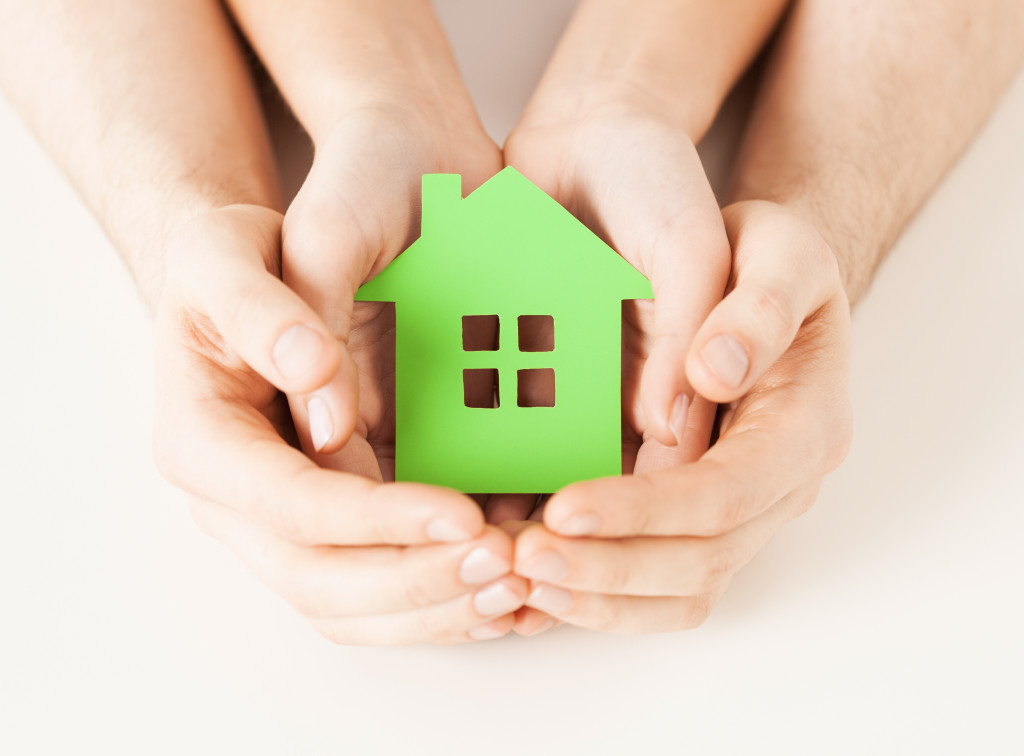• Going green with home improvement projects can reduce energy costs, help the environment, and improve your quality of life.
• Installations such as insulation, air sealing, and double-glazed windows can significantly affect energy efficiency.
• Solar panels generate clean electricity with no emissions and can significantly reduce your electric bills.
• Skylight installations bring natural light and ventilation into your home while reducing the need for artificial lighting or air conditioning.
Are you looking for ways to make your home more environmentally friendly? Green home improvement projects are a great way to reduce energy costs, help the environment, and improve your quality of life. In addition, many green home improvements can be made without breaking the bank. Simple DIY projects or simple replacements can make a big difference in energy efficiency while saving you money on utility bills. With just a few simple changes, you can drastically reduce your carbon footprint while enjoying all the benefits of living in an eco-friendly home.
The Benefits of Going Green
Going green is more than just a lifestyle. It’s an investment in your future. Here are some of the benefits of making green home improvements:
- Lower energy bills: Energy-efficient homes use fewer resources, leading to lower utility costs.
- Improved air quality: Eco-friendly materials and proper ventilation systems can help reduce indoor air pollution.
- Increased comfort: Many green initiatives like double-glazing windows, insulation, and water-conserving fixtures can make your home more comfortable and enjoyable.
- Enhanced resale value: Homes with green features are often valued higher than those without. This is because green features generally represent a good long-term investment.
If you’re ready to start making positive changes that will benefit your wallet and the planet, here are some great energy-saving ideas that are good for the environment.
Insulation and Sealing Air Leaks
One of the best ways to improve your home’s energy efficiency is to add insulation and seal any air leaks.
Installing Insulation
Insulation keeps air from entering or escaping your home, which helps keep temperatures comfortable in both hot and cold weather. It could be installed in attics, basements, walls, and crawl spaces for optimal efficiency. For your patio, you can also opt for isolated roofing. This allows the patio to remain cooler in summer and warmer in winter, saving energy. Plus, the insulated patio roofing cost is relatively low compared to other home-improvement projects. This is because insulated roofing keeps the area insulated from outside heat and cold, making it an efficient and cost-effective way to save energy.
Sealing Air Leaks
Sealing air leaks is also an important part of green home improvement. Sealing air gaps around doors and windows can help reduce energy consumption, lower utility bills, and keep your home comfortable all year round. Gaps cause air to escape, leading to cold drafts, hot spots, and higher heating and cooling costs. You can seal these using caulk, weather stripping, or foam insulation.

Replace Your Windows
Old windows can be major sources of heat loss in winter months. Replacing single-pane windows with double or triple-pane windows will help keep warm air inside during winter and cool air during summer. Newer window models are also designed to block out more ultraviolet (UV) rays from entering your home, reducing the fading of furniture, carpeting, paintings, and other items. If you notice any or all of these signs, then it’s time to replace your windows for improved energy efficiency:
- Drafts
- Moisture or condensation between glass panes
- Difficulty opening and closing windows
- Rattling noises when the wind blows.
Install Solar Panels
Solar panels generate clean electricity with no emissions that harm the environment. Solar panel systems can power homes or businesses with electricity generated from solar energy instead of nonrenewable sources like coal and natural gas. Installing a solar panel system can reduce monthly electric bills substantially over time while reducing carbon footprints significantly—in some cases, as much as 70%. Additionally, net metering programs allow solar energy users to sell excess electricity back to the utility company. This means you can offset your electric bill with the electricity they produce.
Having solar panels also allows you to be eligible for federal tax credits and state incentives that can reduce the cost of installation. Although it might be expensive to install initially, solar panel systems provide a great return on investment over time, making them a smart way to save energy and money in the long run.

Skylight Installation
Skylights are a great way to increase natural light and ventilation in your home while reducing the need to rely on artificial lighting. Well-placed skylights can also help reduce energy consumption by introducing daylight into dark rooms or hallways, eliminating the need for electric lights during the day. Skylight installations bring fresh air into a room, reducing the need for air conditioning. If you want to go further, you can install insulated skylights designed to keep the temperature inside your home consistent without letting in too much heat or cold air.
There are many easy ways to make your home more energy efficient while helping the environment, too! These small changes can help save money in the long run while reducing environmental impact significantly. With these simple steps, you’ll be well on your way toward creating a greener home that’s better for you and the planet.
